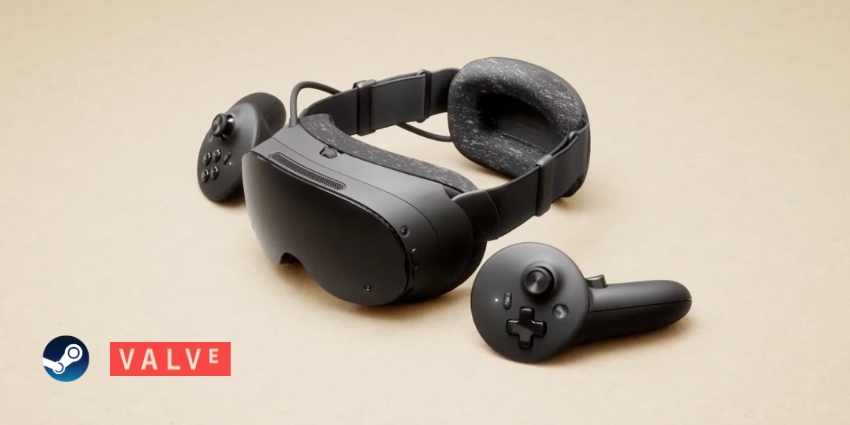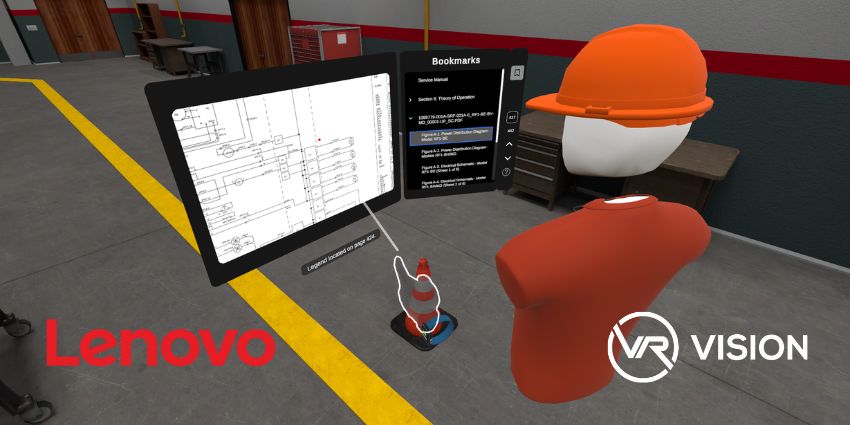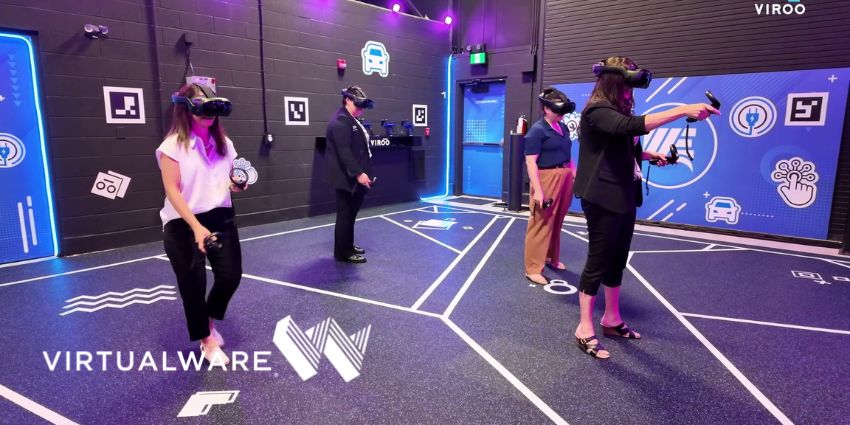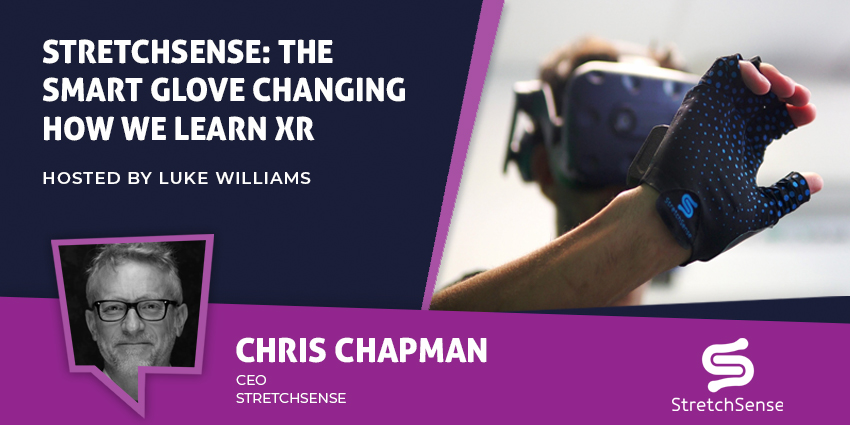Virtual reality is one of the most exciting new technologies in any landscape. It‘s an opportunity for today‘s consumers to step outside of the reality we know, and into something completely new. With virtual reality experiences, you can leave the physical world behind, and interact with a digital space instead.
We‘ve already seen the rise of these solutions in the gaming and entertainment world. Many market leading gaming consoles now come with their own VR experiences available, and technology is evolving to make these solutions even more immersive.
However, it‘s not just the entertainment landscape that benefits from VR. Virtual Reality could transform the business landscape too. Many organisations are beginning to see first-hand that virtual reality can help teams to collaborate more effectively, work more efficiently, and accomplish incredible new things.
How VR is Changing Businesses?
Being able to slip on a headset and jump into a brand-new world might sound like a concept for Sci-Fi novels, but it‘s something that‘s actually increasingly possible today. The rich and realistic interactions possible through these headsets are useful for a variety of reasons.
Here are some of the top ways business VR is making an impact:
Improving collaboration
One of the first ways that VR is changing the business world is with better, more immersive collaborative experiences. The rich and realistic interactions possible in today‘s VR environments take things like video conferencing to the next level. You‘re not just seeing your colleagues face-to-face; you‘re sharing a digital environment.
Virtual reality can help users connect who are physically separated by location. From a business perspective, it‘s an excellent way to create stronger connections between team members and prevent remote employees from being isolated.
VR meeting environments might come with instant access to 3D documents and content that team members can interact with during a conversation. They can include virtual avatars that look like the people joining a meeting, so everyone can sit in a digital room together. Companies like Spatial even allow people in a VR meeting to view video streams from people who don‘t have headsets.
Training Your Employees
Training employees is always a challenging part of building a successful business. When a new team member joins your company, you‘ll need to ensure that they know how to use crucial pieces of equipment correctly. VR can enhance the onboarding and training experience like nothing else.
Automotive company Porsche uses virtual reality technology to teach its employees all about electronic vehicles and how they work. Team members can explore the components of an electronic car and learn everything they need to know about internal operations.
The same kind of learning strategy can work in virtually any environment. On an engineering or production floor, team leaders can train employees on using potentially dangerous pieces of equipment, without exposing them to risks.
In a healthcare environment, doctors‘ surgeries and rehabilitation centres can teach new specialists how to use advanced equipment pieces for procedures and surgeries. It may even be possible for companies to train multiple team members at once in a simulated classroom environment.
Immersive and simulation-based learning can put people in environments where they can actually interact with the tools they need to use. Companies in the VR landscape believe that training through VR will assist with spatial memory, so that team members can build new skills rapidly.
Creating Crucial Simulations
Simulation-based learning will also help employees and team members to experiment with situations that may not be possible to replicate in real-life. Military applications are one realm where VR is having a massive impact. For instance, people in the army could practice how to deal with stressful situations by working in a hostile environment virtually.
With simulations, companies can create an immersive space that puts professionals to the test and helps them to make the most of their new skills, without putting them at any real risk of bodily or mental harm. Dry runs for tough surgeries in a healthcare environment can allow surgeons to take on new skills without risking the loss of life for a patient.
Other applications might include potential uses by astronauts and NASA who need help exploring new environments and evaluating potential risks before visiting an environment that might be dangerous. The possibilities are endless when you can create almost any environment in a virtual landscape and help your team members feel like they‘re really there.
Supporting Sales and Marketing Teams
VR can also be a useful tool in helping your employees to become more efficient at interacting with customers. Customer experience is the most important consideration for any business that wants to stand out in this new environment. With VR, it‘s easier to create immersive experiences that set your company apart from the crowd.
With VR technology, business leaders can create apps that allow clients to interact with software or explore a design for a new piece of equipment before they hand over their cash. Engineering and mechanical teams can allow clients to explore a 3D blueprint and dive deeper into the little details of a project before they sign on off on a huge and expensive environment.
Aside from giving salespeople and marketing teams the freedom to practice marketing and interacting with customers, VR also provides businesses with a new way to connect with clients too. It takes marketing to the next level and gives your team a way to stand out.
Bringing VR to the Business Landscape
Virtual reality has endless applications in the business environment, from helping to design powerful new products to assisting teams in making the most of the tools they already have. With the right VR solutions, companies can take their operations to the next level, and discover new opportunities in efficiency, productivity, and cost savings.
As virtual reality environments become more immersive, the things that businesses can do with them will evolve too.







